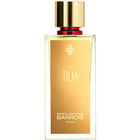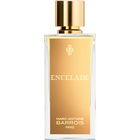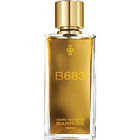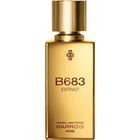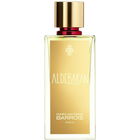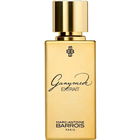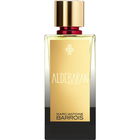
Merlotsupern
94 Reviews

Merlotsupern
Top Review
11
2019: A Bisch Odyssey
Yes, it’s a controversial one. Released in 2019 and composed by the Bisch himself, and replicated across several brands many times. And honestly, I get why.
More inspired by Greek mythology than physical celestial bodies, this fragrance stands out as archetypal. Despite a muted market debut, its relevance grew steadily, especially after Bisch’s started collaborating with Parfums de Marly.
Scent-wise, it might not be my all-time favorite, but when it launched and when I first experienced it it was truly unique - so, it gets a 10. I still remember spraying it for the first time at M-AB’s boutique in London 3 years ago.
Ganymede opens with a sharp metallic mandarin note, paired with what feels like lab-crafted florals that don't exist in nature. Usually, I don't associate fragrances with abstract concepts, but this one evokes images of fractal architecture and futuristic suede. Not the animalic kind, more like a clean, aseptic version of leather.
Sure, we can debate and critique some of Bisch’s more recent creations, but I’m convinced Ganymede will be remembered as a classic.
You might not love it, but if you’re into fragrance, it’s a must-try.
More inspired by Greek mythology than physical celestial bodies, this fragrance stands out as archetypal. Despite a muted market debut, its relevance grew steadily, especially after Bisch’s started collaborating with Parfums de Marly.
Scent-wise, it might not be my all-time favorite, but when it launched and when I first experienced it it was truly unique - so, it gets a 10. I still remember spraying it for the first time at M-AB’s boutique in London 3 years ago.
Ganymede opens with a sharp metallic mandarin note, paired with what feels like lab-crafted florals that don't exist in nature. Usually, I don't associate fragrances with abstract concepts, but this one evokes images of fractal architecture and futuristic suede. Not the animalic kind, more like a clean, aseptic version of leather.
Sure, we can debate and critique some of Bisch’s more recent creations, but I’m convinced Ganymede will be remembered as a classic.
You might not love it, but if you’re into fragrance, it’s a must-try.





 Top Notes
Top Notes  Saffron
Saffron Italian mandarine Orpur®
Italian mandarine Orpur® Heart Notes
Heart Notes  Chinese osmanthus absolute Orpur®
Chinese osmanthus absolute Orpur® Violet
Violet Base Notes
Base Notes  Akigalawood®
Akigalawood® Immortelle absolute
Immortelle absolute

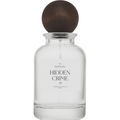
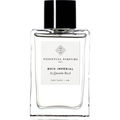








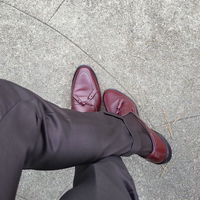

 BertolucciK
BertolucciK Gobetthomas
Gobetthomas Pallidus
Pallidus Ezroni
Ezroni SrPumpkin
SrPumpkin Ragas
Ragas Ch03np
Ch03np Tombbb
Tombbb DevilJuice
DevilJuice FrancisF
FrancisF